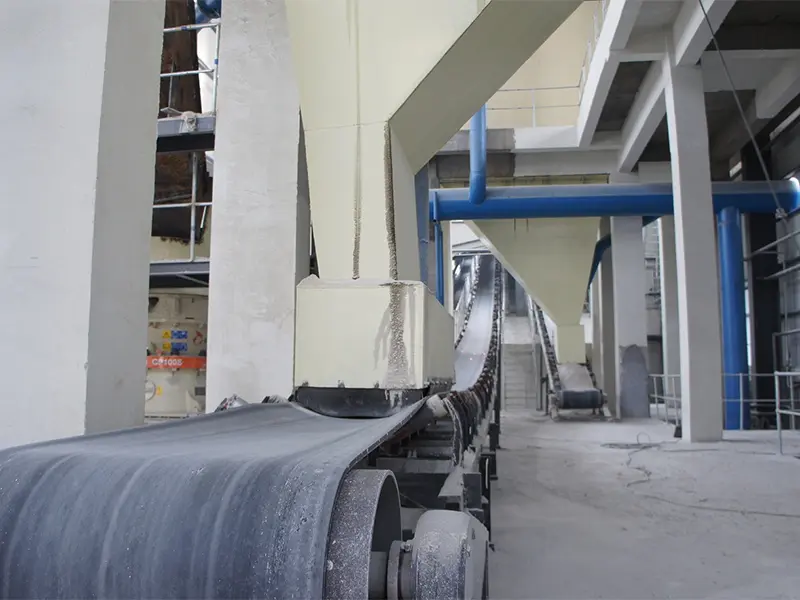The Essential Role of Belt Feeders in Modern Material Handling Systems
2025-04-11
In the world of bulk material handling, the demand for systems that deliver reliability, precision, and efficiency has never been greater. Whether in mining, construction, or heavy industry, operations depend on equipment that can function under pressure and deliver consistent performance over long periods. One of the core components in such systems is the belt feeder—a robust and versatile piece of equipment designed for continuous material transport under variable loads.
What Is a Belt Feeder?
A belt feeder is a type of industrial feeder used to transfer materials from a storage bin or hopper to another part of the process at a controlled rate. It differs from a conveyor in that it is primarily designed for feeding rather than bulk conveying. However, due to its structural and mechanical flexibility, a belt feeder can be configured as part of a horizontal or inclined conveying system, either independently or in coordination with other equipment.
One of the distinguishing features of the belt feeder is its capacity to bear higher pressure, making it especially suitable for harsh environments like mining sites or heavy manufacturing operations. Whether feeding fine ore, gravel, or heavy bulk solids, a belt feeder delivers consistent flow without compromising the integrity of the material or the system.
How Does It Work?
The operation of a belt feeder begins with material loading via an ore feeding funnel, which deposits the bulk material onto the belt surface. The belt itself is driven by an AC speed-regulating motor, allowing operators to precisely control the movement speed based on production requirements. As the motor rotates, the belt moves forward slowly and steadily, carrying the material to the next processing unit.
This controlled motion enables continuous feeding—a key advantage that prevents material blockages, minimizes downtime, and ensures smooth integration with downstream processes like crushing, screening, or packaging.
Customization and Flexibility
One of the most valuable aspects of a belt feeder system is its ability to adapt to different operational setups. Whether your facility requires a single feeder or a network of interconnected systems, belt feeders can be arranged to match your specific layout and workflow. They can operate in tandem with other conveying systems and support various orientations, including horizontal and inclined transport.
Furthermore, these feeders are available in multiple sizes, belt materials, and load capacities, allowing you to customize your system for specific types of material and environmental conditions. Whether you need a corrosion-resistant belt for handling chemical materials or a reinforced feeder for heavy mining ores, there are configurations available to match.
Benefits of Using Belt Feeders
- High Load Capacity: Designed to handle significant pressure and heavy materials.
- Controlled Material Flow: Smooth, consistent feeding reduces material surges and increases operational stability.
- Versatility: Can be used as standalone units or integrated into complex conveying systems.
- Reduced Maintenance: Fewer moving parts compared to other feeders leads to lower operational costs over time.
- Energy Efficiency: The use of AC speed-regulated motors optimizes energy use according to demand.
In material handling systems where reliability and precision are non-negotiable, belt feeders provide an ideal solution. With their high-pressure tolerance, flexible configuration, and ability to support continuous feeding, they contribute significantly to system efficiency and operational uptime. Whether you're designing a new production line or upgrading an existing one, incorporating belt feeders can make a measurable difference in performance and productivity.



